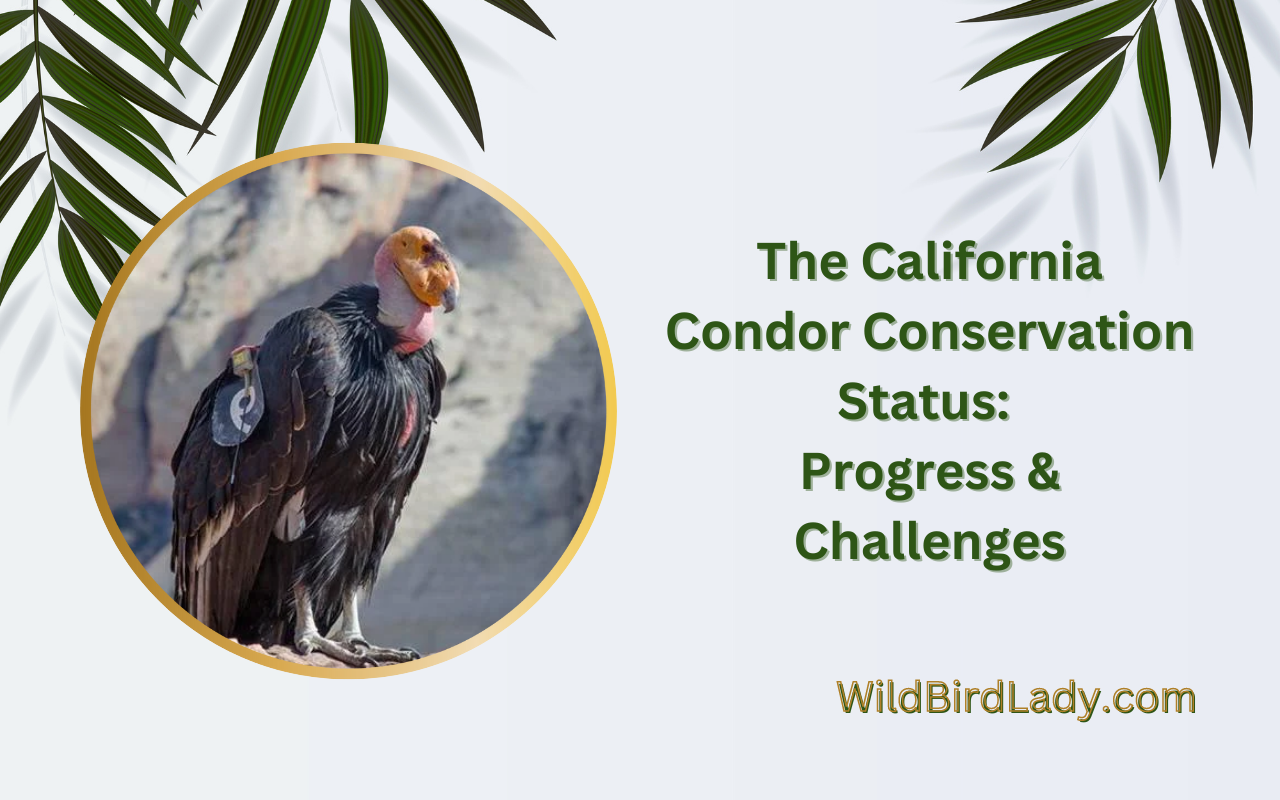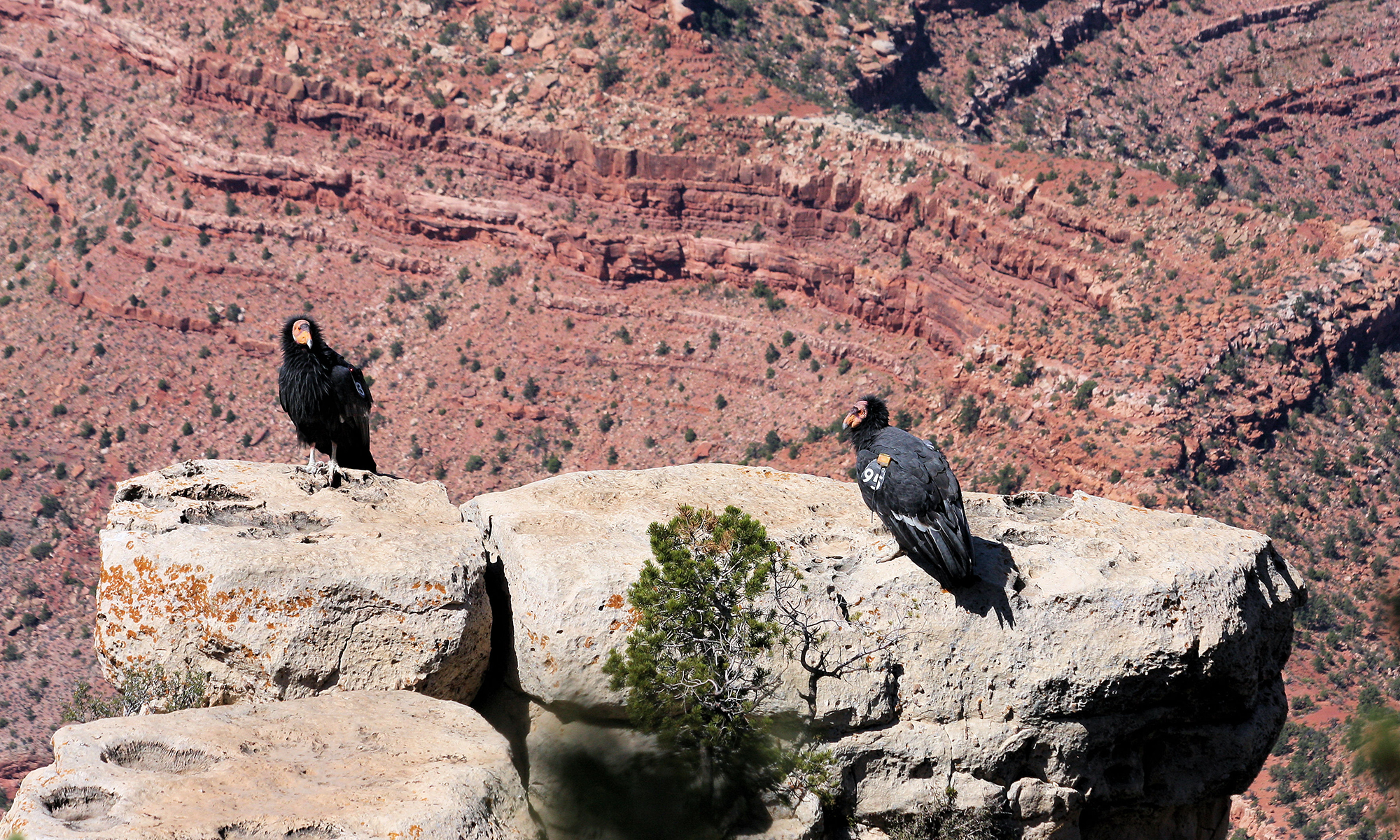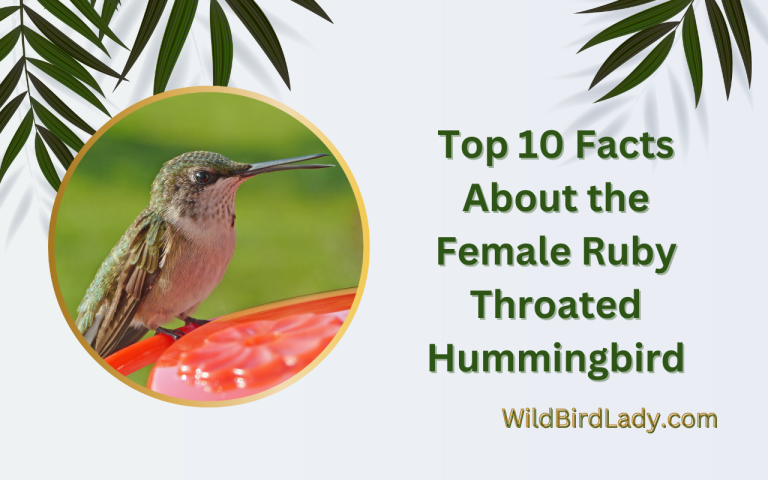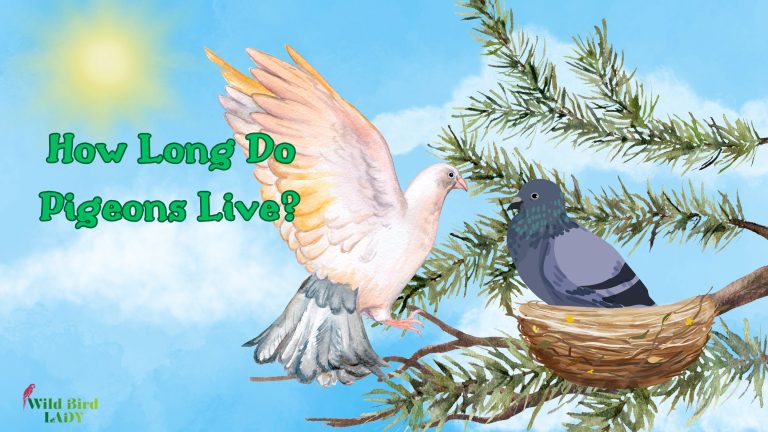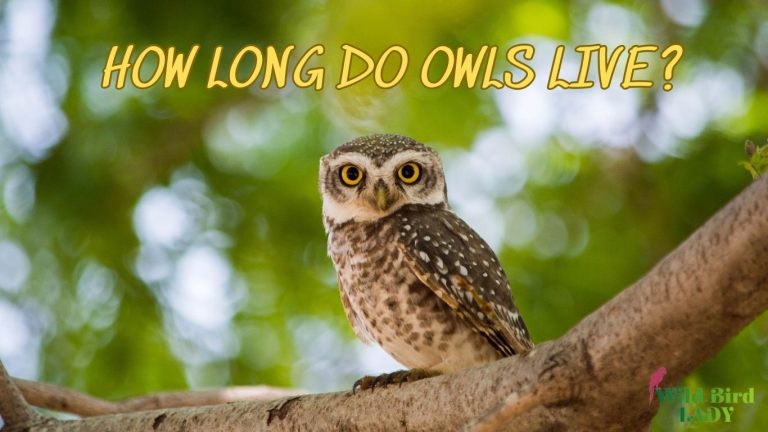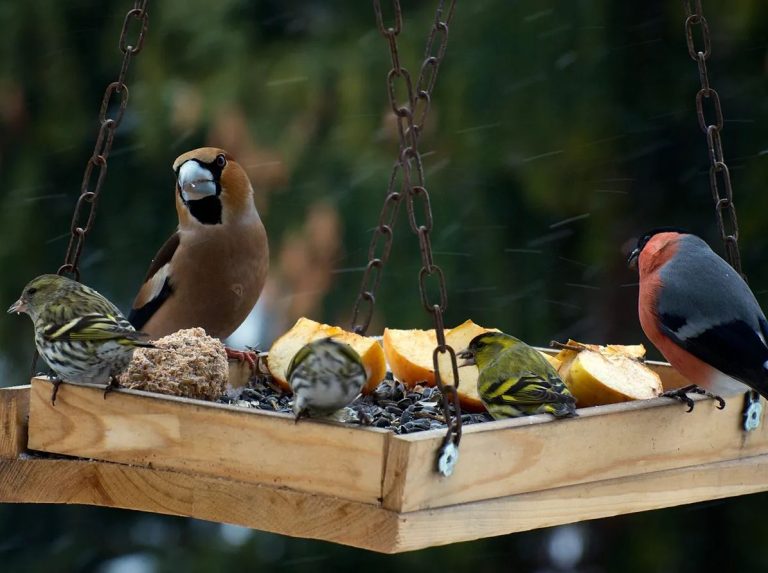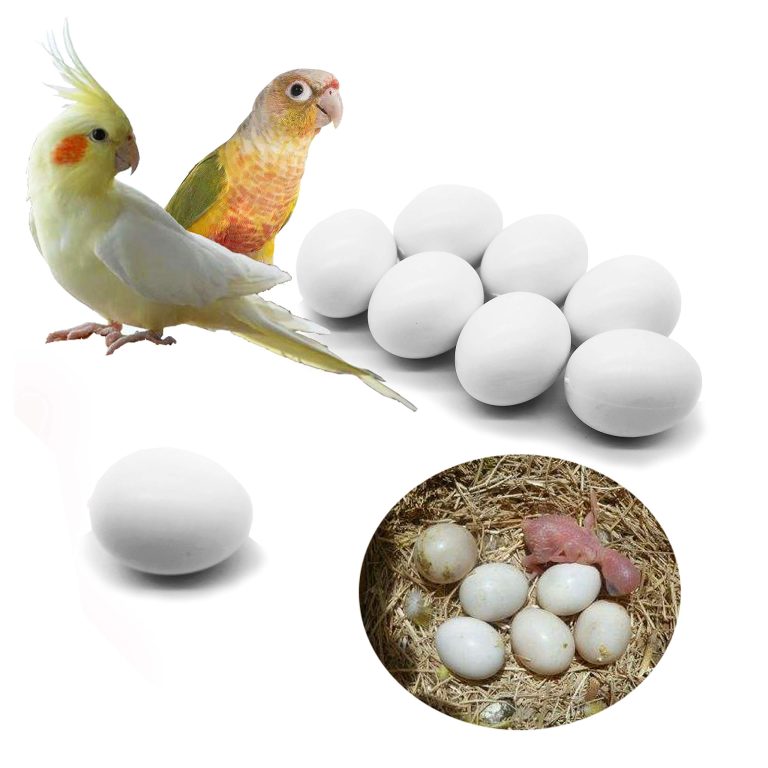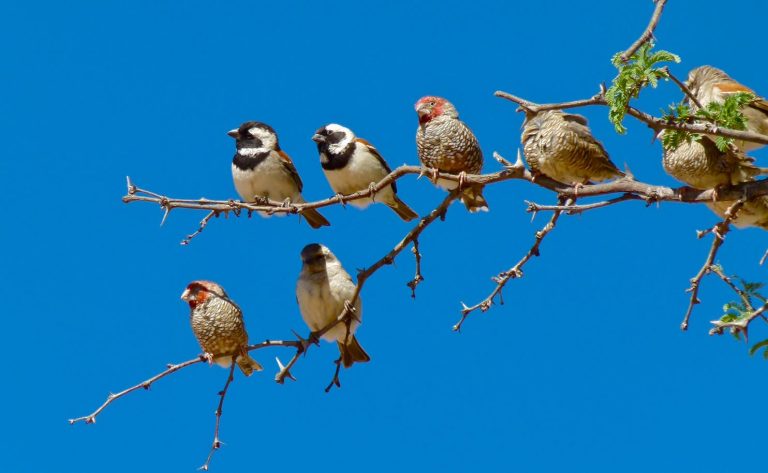The California Condor Conservation Status: Progress And Challenges
🐦 Is your cockatiel tired of the same old store-bought birdseed? Spice up their diet with these 5 homemade cockatiel food recipes that are not only delicious but also packed with nutrients! Whether your feathered friend loves fresh veggies, fruity treats, or protein-rich mixes, these easy-to-make recipes will keep them chirping happily. Plus, you’ll know exactly what goes into their food—no artificial additives, just wholesome goodness. Let’s get cooking!
Once on the verge of extinction, the California condor has made significant strides toward recovery in recent years.
Efforts to protect and reintroduce the species into the wild have seen some success, with the population rising from a low of 27 birds in the 1980s to around 450 individuals today. However, the California condor still faces many challenges, including lead poisoning from ingesting ammunition fragments, habitat loss, and collisions with power lines.
From the brink of extinction to soaring success! Discover the fascinating journey of the magnificent California condor, a bird with a wingspan of up to 10 feet. Explore the challenges faced, the innovative solutions implemented, and the progress made in saving this critically endangered species. Hold on tight as we take flight into the world of California condor conservation! Ready for an adventure? Let’s dive in!
The California Condor Conservation Efforts: A Brief Overview
The California condor is a critically endangered species native to North America, specifically to the western part of the continent. With only a few remaining individuals in the wild, conservation efforts have been put in place to save this remarkable bird species from going extinct.
Conservation efforts have been put in place to safeguard the California condor population. The United States Fish and Wildlife Service (USFWS) has implemented recovery programs to increase breeding pairs and reintroduce captive-bred individuals into the wild. The USFWS collaborates with landowners to develop habitat conservation plans to protect the condor’s habitat.
This blog post will discuss the progress and challenges faced in the California condor conservation status. Under the subheading of California condor conservation efforts: a brief overview, we will look at the population status, the threats to their habitat and population, and the efforts made to conserve their population.
The Current Population Status of California Condors
The population of the California condor has been fluctuating for the past few decades. In 1987, only 27 individuals remained in the wild, which led to a breeding program that helped improve the population. As of 2021, there are 463 California condors in the wild, with 268 individuals in captivity.
The captive population continues to increase, showing positive signs of recovery.
Threats To The California Condor Population And Its Habitat
California condors face several threats to their habitat, leading to a declining population. Depletion of food sources, habitat destruction, shooting and lead poisoning are the major threats to the species. Lead poisoning is a significant issue for these birds as they often scavenge on carcasses contaminated with lead bullets or fragments.
Habitat destruction is another major threat, as human activities have led to a reduction in nesting sites.
Efforts To Protect And Conserve The California Condor Population
Conservation efforts for California condors have been put in place to prevent their extinction. The united states fish and wildlife service (FWS) has implemented recovery programs that aim to increase the number of breeding pairs and reintroduce captive-bred individuals to the wild.
The FWS also works with landowners to develop habitat conservation plans to protect the California condor’s habitat.
The Impact Of Reintroduction and Recovery Programs
Recovery programs have had a positive impact on the population of California condors. Efforts to reintroduce captive-bred individuals into the wild have worked well. With increased numbers, the California condor can now be found in various habitats within its historic range.
The recovery programs have also provided an opportunity to study the species, which has increased knowledge about their habits, biology and movements.
Efforts to conserve the California condor population have shown positive signs of recovery, with the population figures increasing over the past few years. The challenges to their population and habitats continue to be a concern, and conservation efforts need to be maintained to ensure their survival in the wild.
Progress In California Condor Conservation
California condors are one of the world’s most endangered species of birds. Until recently, these birds were on the brink of extinction, with only a few dozen left in the wild. Thanks to the tireless efforts of scientists, government agencies, and local communities, the conservation status of the California condor has seen progress, despite several challenges.
We will discuss those challenges, but more importantly, we will explore the recent successes in California condor conservation efforts and the factors that contributed to these successes.
Recent Successes In California Condor Conservation Efforts
Recent years have seen some significant successes in the conservation of California condors. Some of the key highlights include:
- The population of California condors has increased from only 27 birds in 1987 to over 400 birds today.
- Efforts to release captive-bred birds into the wild have been successful, with more than 200 birds now living in the wild.
- The range of the California condor has expanded beyond California, where it is federally endangered, to Baja California and Arizona, where it is listed as a state-listed endangered species.
- The breeding success of captive birds has also improved, producing more chicks in recent years.
Positive Trends In Population Growth And Habitat Restoration
Several factors have contributed to the positive trends in population growth and habitat restoration for California condors. These include:
- Government policies have restricted hunting and implemented captive breeding programs to increase the species’ population.
- Public education programs have raised awareness of the plight of the California condor and encouraged individuals and communities to take action to protect them.
- Community involvement in conserving the California condor has been instrumental in supporting population growth and providing habitat restoration.
Factors Contributing To These Successes: Government Policies, Public Education, And Community Involvement
The combination of government policies, public education, and community involvement has been key to the success of California condor conservation efforts. Here are some examples of how these factors have contributed:
- Government policies have helped conserve the species by prohibiting hunting, restricting the use of lead ammunition, and establishing a captive breeding program to increase the species’ population.
- Public education programs have helped to raise awareness of the critical status of the California condor and the threats facing the species. This awareness has led to significant public support for conservation efforts and led to new funding for programs to protect the species.
- Community involvement in California condor conservation efforts has helped reduce deaths from power lines and habitat loss. Community members have also monitored and tracked tagged birds in the wild, providing important data for conservation efforts.
There has been significant progress in California condor conservation efforts in recent years, with the species’ population increasing and their range expanding. The success of these efforts is due to the collaboration of government agencies, scientists, and local communities working together towards a common goal.
By continuing to work together, there is hope that the California condor can be restored to its rightful place in the ecosystem of the western united states.
Challenges To California Condor Conservation
The California Condor Conservation Status: Progress And Challenges
Regarding wildlife conservation, the California condor has been in the headlines for both positive and negative reasons. As the largest bird in North America, the California condor is a magnificent and impressive creature that has faced numerous challenges throughout its history.
In recent years, significant efforts have been made to conserve this critical species, but much work remains to be done. In this post, we’ll look at some of the ongoing challenges to California condor conservation, the importance of continued efforts, and the limitations impacting progress in the field.
Ongoing Threats To The California Condor Population: Habitat Loss, Lead Poisoning, And Toxic Substances
There are three significant threats to the California condor population, including habitat loss, lead poisoning, and toxic substances.
- Habitat loss: One of the most significant challenges to California condor conservation is habitat loss. Urbanization, agricultural expansion, and development have greatly impacted the bird’s natural habitat. This loss has reduced food sources and nesting sites, making it even harder for the condors to thrive.
- Lead poisoning: Another critical threat to the California condor is lead poisoning, which is often caused by ingesting lead ammunition or fragments from hunting activities. This exposure can be fatal for the bird and affects both wild and captive populations.
- Toxic substances: Using toxic substances, such as pesticides and rodenticides, is another significant problem for California condor conservation efforts. Exposure to these substances can cause these birds significant harm or even death.
The Importance Of Continued Conservation Efforts
Conservation efforts are vital to maintaining and restoring the California condor population. Various groups and individuals have invested significant resources in recovering and reintroducing the species into the wild.
- Public awareness: One essential aspect of conservation efforts is public awareness. Educating people about the California condor and its plight can help generate support and funds to help with conservation efforts.
- Scientific research: Another important factor in conservation is scientific research. By studying the California condor, scientists can better understand the bird’s behavior and needs, leading to more effective conservation methods.
- Captive breeding: Captive breeding programs have also significantly contributed to the conservation of the California condor. These programs have helped increase the population and provide a safety net in case of a catastrophic event that could harm the species further.
Limitations To Conservation Progress
Despite ongoing conservation efforts, there are still some limitations to progress in this field.
- Funding: One limitation is funding, which can significantly challenge conservation efforts. A lack of resources can limit the scope of projects, making it difficult to achieve the desired results.
- Legal aspects: Another limitation is legal aspects that can limit the ability to execute conservation efforts. These issues might include conflicts with hunting or land-use regulations that can restrict conservation programs’ effectiveness.
The conservation of the California condor is critical and requires ongoing efforts to maintain and increase the bird’s population. The species’ threats require a multi-pronged effort, including public awareness, scientific research, and captive breeding programs. It is also vital to address the limitations to progress, including funding and legal hindrances to conservation efforts.
By addressing these challenges and working together, we can ensure that the California condor continues to soar high for generations to come.
Innovative Solutions To Protect The California Condor
The California condor is coming back from the brink of extinction thanks to innovative solutions helping conserve this magnificent bird. Here are some of the emerging technologies and interventions that are saving the California condor:
- Gps tracking: Scientists are using GPS tracking devices to monitor the movements of the condors and analyze their habitat use. This helps them to identify and protect important feeding and roosting sites.
- Artificial insemination: This technique allows scientists to increase genetic diversity in the condor population, which enhances their resilience to disease and environmental stressors.
- Lead exposure reduction: The biggest threat to the California condor is lead poisoning from ingesting lead ammunition fragments in carcasses. In response, conservationists are advocating for using non-lead ammunition in condor range areas and promoting removing lead sources.
Collaborative Conservation Efforts And Partnerships
Conservation of the California condor requires a collective effort from various organizations. Here are some examples of the collaborative conservation efforts and partnerships underway:
- The California condor recovery program (CCRP): This is a partnership among the u.s. Fish and wildlife service, the Ventana wildlife society, the san diego zoo global, and the los angeles zoo and botanical gardens. The program aims to restore self-sustaining populations of the California condor to their historical range.
- The pinnacles national park: This park is home to one of the last remaining wild populations of the California condor. In collaboration with ccrp, pinnacles national park provides a safe and protected area where the birds can thrive.
- The yurok tribe: This native american tribe has been instrumental in condor conservation efforts. The yurok tribe is working with the u.s. Fish and wildlife service and other partners to reintroduce the california condor to northern california.
Future Directions For California Condor Conservation
As we move forward, here are some of the future directions for california condor conservation:
- Increasing the population size: Despite the progress that has been made, the california condor population is still small and vulnerable. Efforts need to continue to increase the population size and improve the birds’ genetic diversity.
- Addressing human-caused threats: While lead exposure reduction has been successful, there are still other threats to the california condor, such as habitat loss, power line collisions, and poaching. Efforts should focus on addressing these threats to ensure the long-term survival of the condor.
- Developing new technologies: As technology advances, there are likely to be new solutions that can aid in california condor conservation efforts. Continued research and development will be key to finding innovative and effective solutions.
The california condor conservation efforts are a collective partnership initiative that involves innovative technologies, lead exposure reduction, artificial insemination, gps tracking, and collaboration between different organizations such as the california condor recovery program, pinnacles national park, and the yurok tribe.
The next steps involve increasing the population size, addressing human-caused threats such as habitat loss and poaching and finally, discovering new technologies to help combat these risks.
Frequently Asked Questions
What Is The Current Conservation Status Of California Condor?
The California condor is listed as critically endangered by the International Union for Conservation of Nature (IUCN). Despite significant efforts in conservation, the species has not yet been able to recover from its dwindling population.
What Are The Major Threats To California Condor?
The California condor’s habitat loss, poisoning, lead bullet ingestion, hunting, and egg collecting have significantly declined. Climate change is also impacting the species’ reproductive success.
What Are The Major Challenges In California Condor Conservation?
California condor’s recovery efforts face several challenges, including the lack of genetic diversity, the difficulty in the captive breeding program, and the lead ammunition issue that seriously threatens the species’ survival. Additionally, the funding for the conservation program needs to be sustained.
How Successful Has The California Condor Conservation Program Been So Far?
The California condor conservation program has shown significant progress over the years. The species’ population has increased from 27 individuals in 1987 to about 490 individuals in 2021. However, the species’ existence remains a long-term conservation challenge.
What Is The Role Of Captive Breeding In The California Condor Conservation Program?
Captive breeding has played a significant role in the California condor conservation program. It helps supplement the wild population and maintain genetic diversity, enabling the species to withstand disease outbreaks and environmental disasters.
Conclusion
The california condor has made leaps and bounds in its conservation journey, with population numbers increasing in recent years thanks to the efforts of wildlife management agencies and conservationists. However, the species still faces significant challenges, notably lead poisoning and habitat loss.
The implementation of lead-free ammunition policies and ongoing habitat restoration efforts will be key to securing the survival of this majestic bird. It is clear that without concerted efforts from all stakeholders, the california condor would likely be extinct today.
As we move forward, it is essential to continue building partnerships and collaborations to ensure that this species and others like it continue to thrive. By supporting conservation efforts and advocating for stronger protections, we can help ensure that future generations can experience the wonder of this magnificent bird in the wild.

